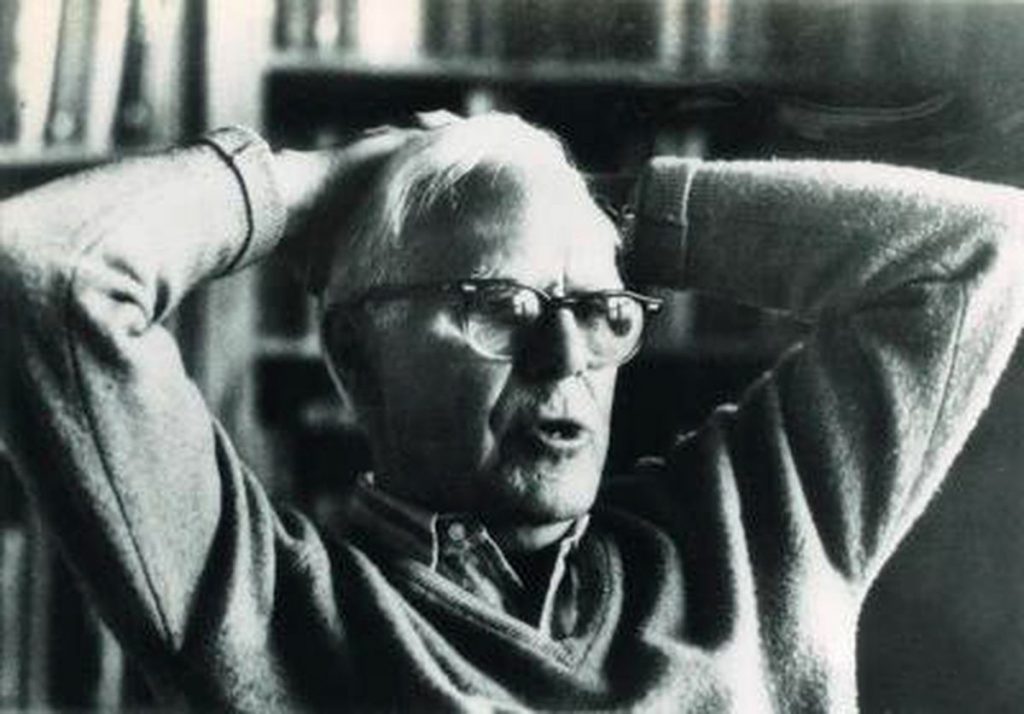Mysterious Matrix | Science game


Last week we wondered what is the longest string that can be built from three numbers -1, 2 and 3 without repeating any or any series of numbers in a row. The answer is that there is no limit to the length of such a chain, because from Thue’s sequence we can easily get an infinite series.
As ours Premium user Francisco Montesinos, Ironically, the sequence in which each term includes the preceding term – and thus based on repeated repetition – serves as a starting point for building a series without repetition. Paradoxical, but true. Let’s look at the two sequences:
01101001 …
1321201 …
How do you move from the first caliphate – that of the Thuwi – to the second? Very simple (it’s very easy to do, although not very much detected): We form all successive pairs of adjacent numbers from the Thue sequence: 01, 11, 10, 01, 10, 00, 01 … and then we perform the following substitution: In every 01 we replace it with 1, every 10 in 2, every 11 in 3 and every 00 in 0. I leave it to my wise readers / It is the simplest task to pass from this a series of four symbols – 0, 1, 2 and 3 to one of three that fulfill In addition to applying the aforementioned series to a strategy that allows circumventing the chess rule of the three iterations.
Prolific Hungarian mathematician Paul Erdös proposed a variant of the previous problem whereby blocks containing three numbers in the same proportion are also considered equal; And so, 00122 = 21020, because in both blocks there is one, two, and two zeros. What’s the longest chain we can build with this new constraint?
At the other end of the strings are infinite numbers without repetition, which is a pure monotone repetition, such as:
1/3 = 0.33333333 …
When, as in this case, immediately after the comma, the same number or group of numbers repeats indefinitely, the number is called a pure periodic, and in school we learned how to convert it into a fraction; And therefore:
0.327327327 … = 327/999
In the numerator we write the interval – the repeated block – and in the denominator 9 as far as there are numbers in that block. But how does this equality emerge? (Without partition understood).
More Matrix
I mentioned last week, in relation to the three-digit issue, Dr. Matrix, a character created by Martin Gardner (note that the matrix is a meta-exchange of Martin with the final n transformation into an ambiguous x). Let’s see the other riddles posed by this mysterious numerologist (in the good and literal sense of the term: expert in numbers; unrelated to the supposed divine practices that usurp the name).
The number 153 has a strange property in that it is equal to the sum of the cubes of its numbers: 153 = 1 + 125 + 27. Are there more numbers with this property? (The trivial case of 1 does not count.)
The best puzzles lead to new variables and proposals, and this is one of them, as it invites us to generalize the question to other powers:
Is there any number equal to the sum of the squares of its numbers?
Is there a number equal to the sum of the four powers of its numbers?
Is there a number equal to the sum of the five powers of its numbers?
And so on and indefinitely.
Carlo Frappetti Writer, mathematician and member of the New York Academy of Sciences. He has published more than 50 popular scholarly works for adults, children and teens, including “Damn Physics,” “Damn math,” or “The Great Game”. He was a screenwriter for “La bola de cristal”.
You can follow Thing On The social networking site FacebookAnd the Twitter e InstagramOr, register here to receive Our weekly newsletter.

“Future teen idol. Hardcore twitter trailblazer. Infuriatingly humble travel evangelist.”




:quality(85)/cloudfront-us-east-1.images.arcpublishing.com/infobae/BNGH73UCKQAZSQPCODUWO2BE5Y.jpg)





